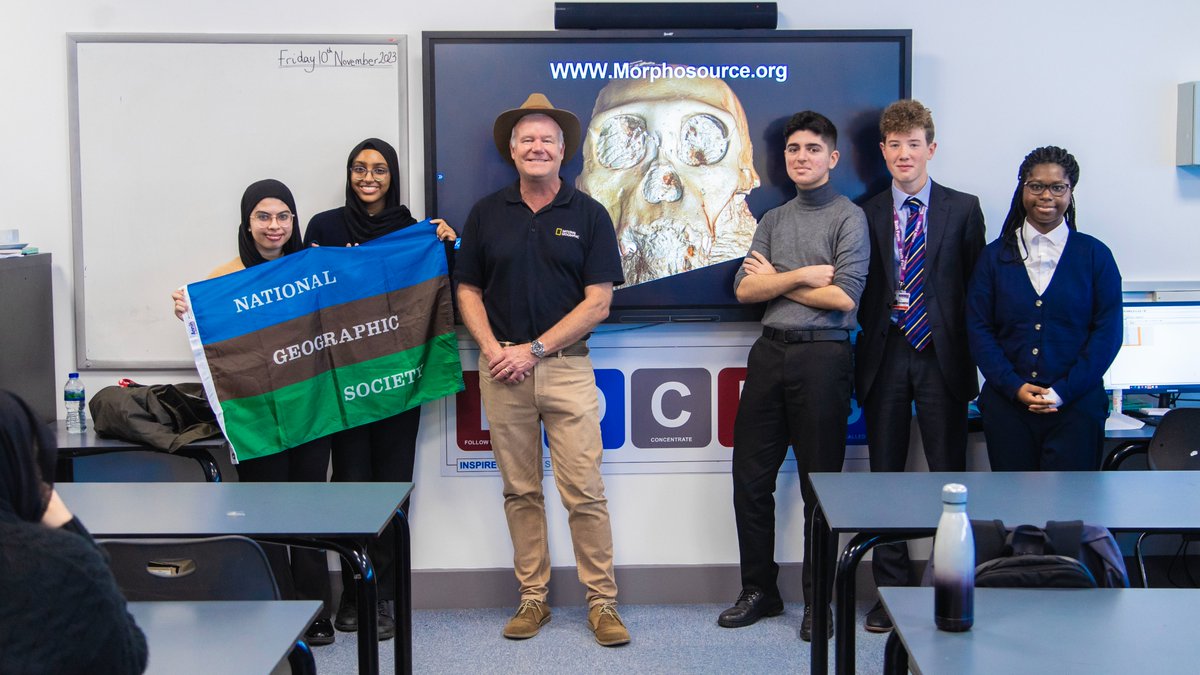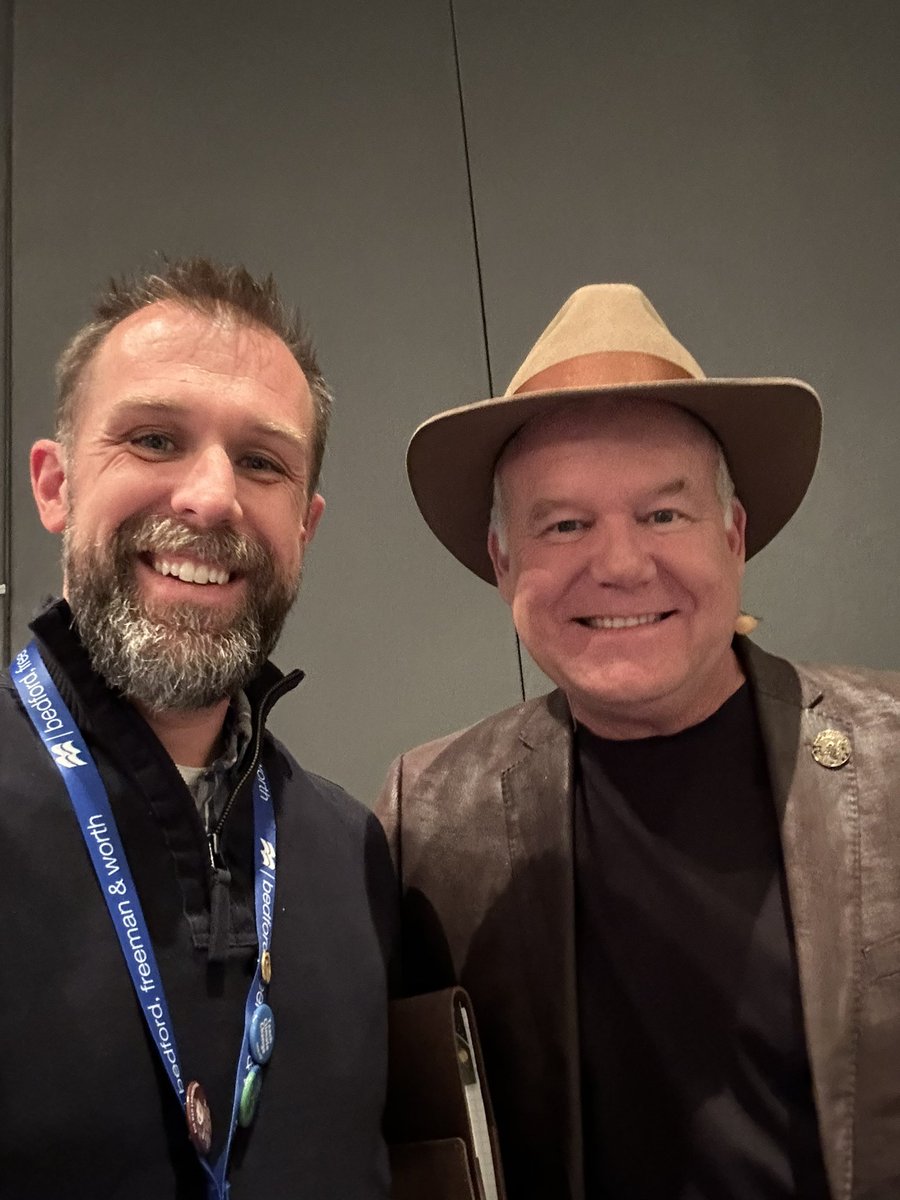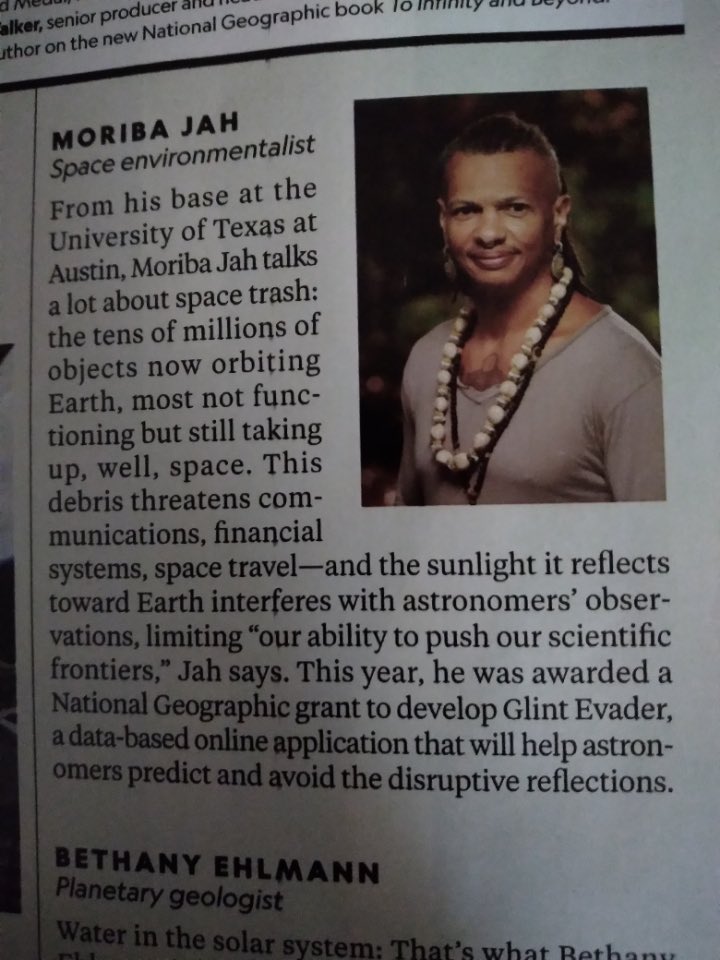
Lee R Berger
@LeeRberger
Lee Berger is a palaeoanthropologist and explorer - He is is the author of Almost Human & The Cave of Bones
ID:133483967
https://www.penguinrandomhouse.com/books/738071/cave-of-bones-by-lee-berger/ 15-04-2010 22:51:21
15,2K Tweets
23,5K Followers
2,0K Following



My favorite parts of #nabt2023 …learning & attending amazing sessions, hanging out with biology friends, meeting new inspiring teachers, Tangled Bank Studios movie night, & hearing Lee R Berger present! Thanks NABT for an outstanding conference.

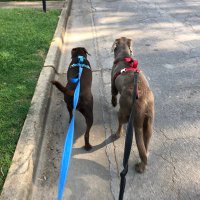
So excited to get to hear from Lee R Berger NABT as the conference comes to an end. John S. Mead Dr. Amanda L. (Glaze) Townley #NABT2023
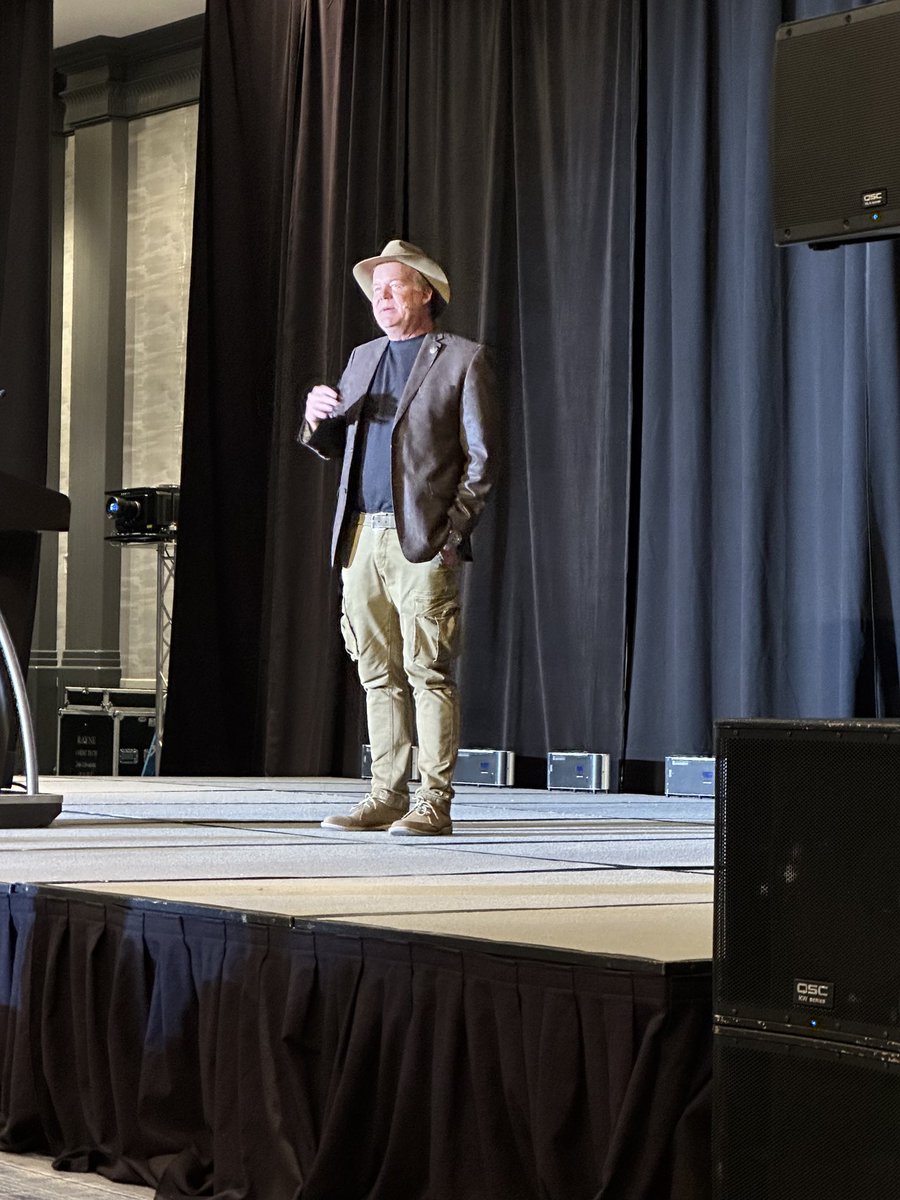

Lee R Berger hello! Just watching your programme on Naledi at rising star and it got me thinking. Have the skeletons been aged at death? Is there any pathology visible? Could they have spent a significant period of time there? Could they have walked in there themselves? Thanks.

Come and join me in Baltimore for Nat Geo Live November 3rd #CaveofBones my.bsomusic.org/18873

Pov : you are doing a skull reconstruction and you listen to Promiscuous from Nelly Furtodo xD this is the result of Neo the #homonaledi #hominid #paleoart #paleoanthropology #evolution #reconstruction #art #promiscuous
Homo Naledi discovered by Lee R Berger and his team
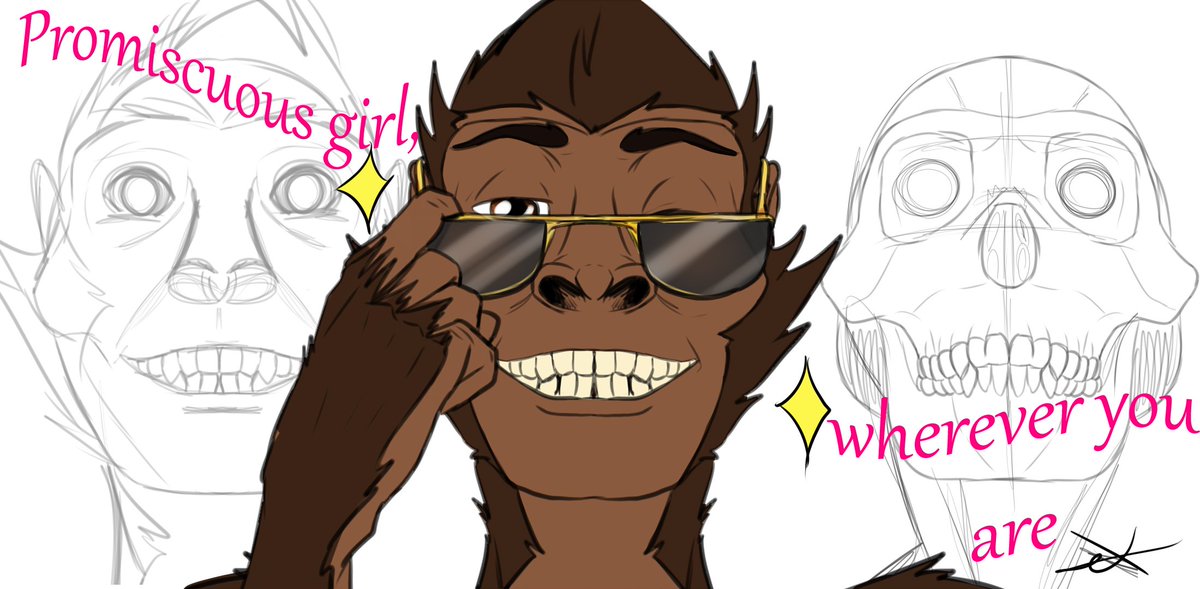




Inspiration for the next generation: 'We may have walked over every inch of this planet, but we haven’t really seen it.' - Lee R Berger 🌎
news.tulane.edu/news/paleoanth…





I invite you to join myself and my colleagues for our panel, 'What goes up must come down: what are we going to do with all that junk?' for The Economist's Space Economy Summit happening October 11-12th.
We'll be discussing the scope of the space junk crisis and what we can do
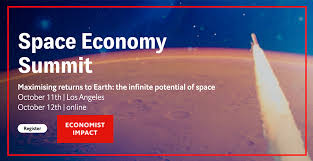


My babes is done, but will have to wait until my break from Uni teaching #GladysvaleExpedition

I wrote on Boing Boing about Lee Berger's talk at The Explorers Club on Homo naledi: the extinct small-brained ape he says ritually buried their dead and created art. cc. The Explorers Club Lee R Berger
-
boingboing.net/2023/09/12/cav…

For #FossilFriday , an image of high-resolution dental casts of the OH 62 Homo habilis individual, around 1.8 million years old, showing the grooves that this individual made using a toothpick for many years. From Almudena Estalrrich and coworkers 2020
doi.org/10.1016/j.jhev…

